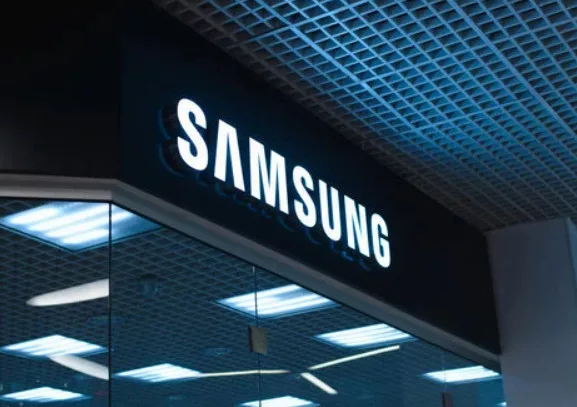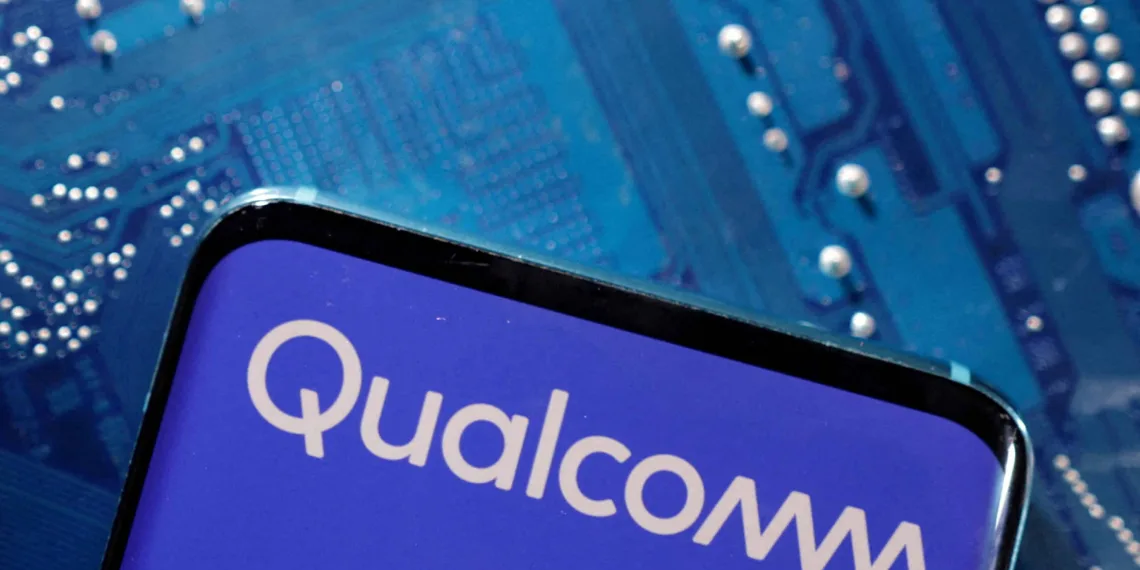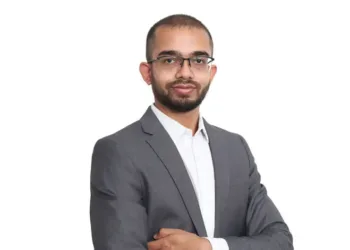Snapdragon 8 Gen 4 is expected from Qualcomm in October this year, and it is expected to cost more than its predecessor, which is Snapdragon 8 Gen 3. That bump in cost is due to the fact that Omegabundle 2 allows you to develop your own cores by creating custom Oryon cores.
It’s not just the design, but the fact that Qualcomm chose to stick to TSMC’s 3nm ‘N3E’ node for the manufacturing of the chip only adds to the costs, as these wafers are very expensive to mass produce. In order to save costs, Qualcomm could reportedly dual-source its upcoming Snapdragon 8 Gen 5, with Samsung also helping to fab the silicon.

More About Snapdragon 8 Gen 5
That is exactly what Qualcomm CEO Cristiano Amon talked about during a media briefing in Taiwan on June 4. Amon is said to be considering a dual-sourcing strategy to broaden manufacturing alternatives. Note that this would not be the first time Qualcomm has thought about a similar partnership – it tried to go in with Samsung for the Snapdragon 8 Gen 4, but that worked out poorly due to the poor yields seen at Samsung, which meant that TSMC was the only fab that got those orders.

Samsung has its own 2nm GAA process under development named Thetis According to sources, Qualcomm has approached both South Korean and Taiwanese foundries for 2nm samples. This alludes to Qualcomm’s plans to dual-source the launch of its upcoming Snapdragon 8 Gen 5 in 2025. We discussed how it was necessary for Qualcomm to sustain its performance and efficiency on chipset variances of Qualcomm to keep its name high but that is the main hurdle that Qualcomm needs to overcome.

Qualcomm may receive different quotes from Samsung and TSMC for their Snapdragon 8 Gen 5 versions, allowing it to cater to phone partners who cannot afford the premium-priced version. Adopting two foundries benefits phone manufacturers relying on Qualcomm SoCs, preventing them from raising flagship prices for consumers and maintaining overall hardware configurations. Qualcomm’s efforts to strike deals with both foundries hold promise for the industry’s future developments.








